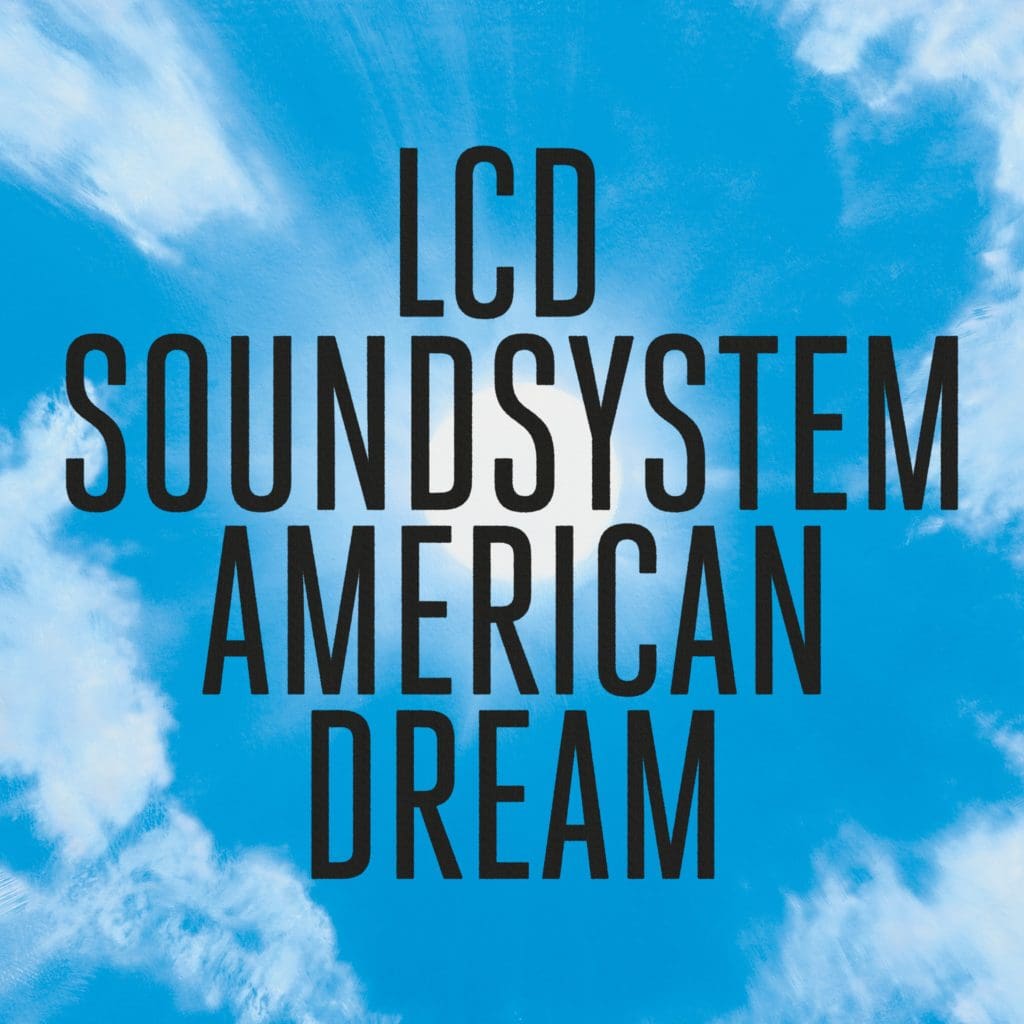 Everyone currently listening to LCD Soundsystem’s fourth studio album american dream should feel pretty surprised to be doing so, if they already aren’t. In case anyone missed the ticker-tape parade and melodramatic “final” bow James Murphy and Co. spearheaded in 2011, the band announced that year a series of final performances at Madison Square Garden, a consequent live recording of the last night’s show, and a documentary chronicling “the end” of the band actually entitled The Long Goodbye: LCD Soundsystem Live at Madison Square Garden.
Everyone currently listening to LCD Soundsystem’s fourth studio album american dream should feel pretty surprised to be doing so, if they already aren’t. In case anyone missed the ticker-tape parade and melodramatic “final” bow James Murphy and Co. spearheaded in 2011, the band announced that year a series of final performances at Madison Square Garden, a consequent live recording of the last night’s show, and a documentary chronicling “the end” of the band actually entitled The Long Goodbye: LCD Soundsystem Live at Madison Square Garden.
But yet, it is 2017 and LCD is back after a brief residency at New York City’s Brooklyn Steel with a new album in tow. After several years of disappearing as a band and watching the world devolve into, well, whatever happened during the 2016 Presidential Election, american dream is 68-plus minutes of a dreamy nightmare wherein James Murphy recognizes that the chaotic world keeps swirling around him, times are changing, and he’s, like, getting old, man.
Backed by production and arrangements that feel uniquely particular to this band, american dream differs from LCD’s previous efforts not in sound but in the emotionally relevant story Murphy reveals over the course of 10 tracks. The moment the record opens with the words, “Oh baby / Oh baby / You’re having a bad dream,” its narrative conceit locks into place. There’s a sense of detachment from the rest of the world in nearly every song, and Murphy won’t let you forget that we’ve seen this all before.
Fueled by nostalgia, “i used to” focuses on how things used to be and how wrong everything is now, while “tonite” is quick to dismiss how the youth is thinking today. Before essentially making the classic claim that every song on the radio today sounds the same, Murphy recites a pure diatribe on modern day capitalism, young people thinking they’ll live forever, and virtues of living in the moment. “But that’s all lies,” he happily sings, echoing the repeated lines from “i used to”: “But that’s all wrong / That’s all gone.” On “other voices,” keyboardist Nancy Whang ironically sounds just like Madonna in 1990’s “Vogue,” only drenched with more paranoia as she talk-sings, “This is what’s happening and it’s freaking you out / I’ve heard it, heard it / It sounds like the 90’s.” In the same track, Murphy remarks, “Time isn’t over, times aren’t better.” Much like the record’s straightforward cover art, few lyrics on the album are subtle.
So, is Murphy merely an old man yelling at the clouds with a shaking fist? Not exactly. From beginning to end, american dream upholds a narrative of growth. When “change yr mind” is a Bowie-esque funky number that opens with a depressed Murphy unable to get out of bed, face reality, and form full thoughts, the gritty “emotional haircut” features a “misunderstood” Murphy awakening through punk chants and clear expressions of “It’s better to me / It’s much better than it used to be.” We can hear his progress.
Likewise, “how do you sleep?” is one of those 9-minute slow burners that begins with tribal drums, gives way to pulsing beats and effected guitar nearly identical to the early work of Foals, and finally ends with Asian-inspired guitar plucks reminiscent of Siouxsie and the Banshees’ “Hong Kong Garden.” On the track, Murphy moans that he can’t feel, hear, see, or handle his own “impermanence [..] standing on the shore.” Yet, on the record’s final track “black screen,” Murphy practically submits to the dream-like, unreal state of the whole album. Through dreamy-sweet pop synths and floaty vocals, he embraces the escapism of dreaming as he sings, repeating, “You could be anywhere / On the black screen.”
LCD are strongest when they lean into their bread-and-butter electronic strengths while broaching fresh themes backed by real emotion. And all that is here on american dream. It’s flurries of disco drum beats, gritty but not indulgent guitars, and classic talk-singing vocals that sound like Murphy is nearing tears while dancing in the club.
Most interestingly, it’s clear we’re meant to the take the title literally – it is art based on the concept that we’re all living in a dream too bogged down by our society’s own shit to wake up. And even though Murphy might consider this dream more of a nightmare, we should be so lucky to be invited to dance through it.
American Dream Rating: 9/10
–Kat Manos

